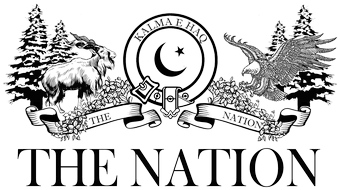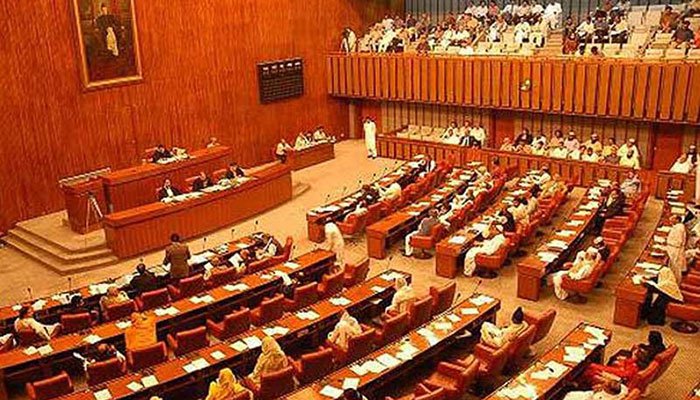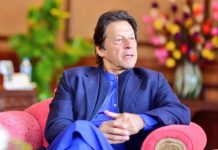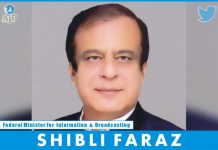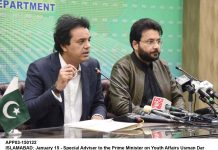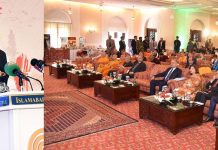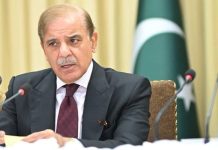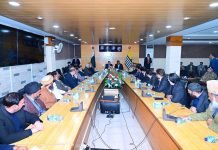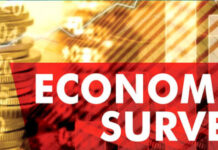KARACHI: The State Bank of Pakistan (SBP) has decided to keep the policy rate unchanged at 5.75 percent, a stance the central bank has maintained since May 2016.
Addressing a press conference at SBP central office, SBP Governor Ashraf Wathra said the average inflation clocked in at 3.9 percent during the first half of the year of current fiscal year, lower than the earlier projections due to the smooth supply of perishable items, a stable exchange rate, and the government’s absorption of the impact of higher international oil prices.
The current trends suggest that the actual inflation would be lower than the target rate of 6 percent in FY17, he predicted.
Growing CPEC-related imports, decline in exports, absence of the Coalition Support Fund, and a slowdown in remittances has pushed the current account deficit to $3.6 billion in the first half of FY17 from $1.7 billion in the same period last year. This higher deficit was financed by an increase in bilateral and multilateral funding along with acceleration in investment flows. Overall surplus in the balance of payments stands at $0.2 billion in the first half of the current year. Going forward, with the aforementioned risks to the external sector, the need of financial inflows would grow further, the governor said.
A sizeable net retirement of government borrowing to scheduled banks and an increase in bank deposits helped increase private sector credit. Benefiting from the historic low in interest rates, private businesses are actively borrowing from the banking sector for upgrading and expanding their business processes, Wathra noted.
Private sector borrowed Rs 375 billion in first half of FY17 as compared to Rs 282.6 billion in the corresponding period of last year. Loans for fixed investments increased by Rs 134.1 billion in the first half of FY17 compared with an expansion of Rs 83.8 billion in the same period of last year. Demand for consumer financing, especially for auto loans, also gathered pace during the first half of the year, he informed.
